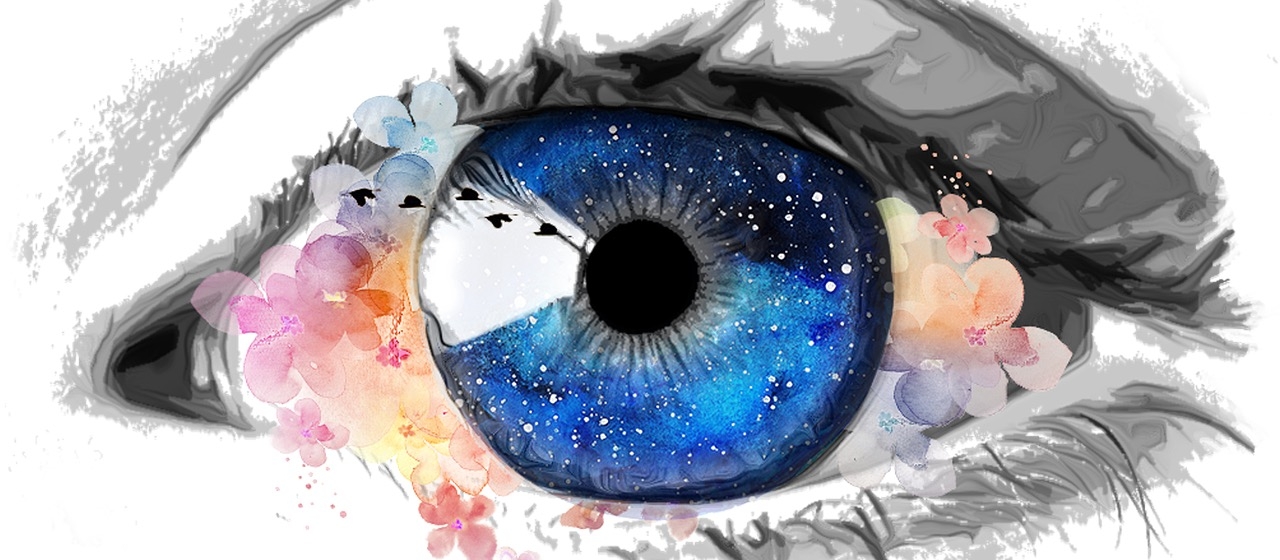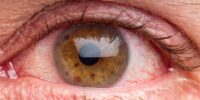How to Handle Foreign Objects in the Eye

Foreign objects in the eye can cause discomfort, pain, and potential damage to the delicate structures of the eye. Understanding how to properly handle such situations is crucial in ensuring optimal eye health.
This article aims to provide a comprehensive guide on:
- Identifying foreign objects in the eye
- Assessing the severity of the situation
- Immediate first aid steps
- Seeking professional help
- Preventing future eye injuries
- Additional tips and precautions
By following the suggested guidelines, individuals can effectively manage and mitigate the potential risks associated with foreign objects in the eye.
Key Takeaways
- Careful examination and specialized tools/imaging techniques are necessary for identifying foreign objects in the eye.
- Symptoms indicating severity include pain, redness, tearing, and blurred vision.
- Flushing the eye with water is the immediate first aid step to remove particles or irritants.
- Professional help should be sought for proper and safe removal of foreign objects, as attempting to remove them without proper knowledge and tools can cause further damage or injury.
Identifying Foreign Objects
The process of identifying foreign objects in the eye involves careful examination of the affected area and the use of specialized tools or imaging techniques.
When a foreign object enters the eye, it is crucial to remove it promptly to avoid further damage or complications.
Common causes of eye injuries include workplace accidents, sports-related incidents, and household mishaps.
To identify foreign objects, a healthcare professional will perform a comprehensive examination, which may include visual inspection, use of a slit lamp, or imaging techniques such as X-rays or ultrasound.
The examination aims to locate and assess the size, depth, and type of foreign object present.
Once identified, appropriate measures can be taken to remove the foreign object safely and minimize any potential harm to the eye.
Assessing the Severity of the Situation
One approach to evaluating the seriousness of the circumstance is to carefully assess the level of discomfort and visual impairment caused by the presence of an extraneous entity within the ocular region. Symptoms such as pain, redness, tearing, and blurred vision may indicate a more severe situation that requires immediate medical attention. By determining the severity of the symptoms, healthcare professionals can make informed decisions about the appropriate treatment.
- Pain: A sharp, intense pain may suggest a more serious injury or the presence of a sharp object.
- Redness: Increased blood flow to the affected area can cause redness, indicating an inflammatory response.
- Tearing: Excessive tearing may occur as a protective mechanism to flush out the foreign object.
- Blurred vision: The presence of a foreign body can obstruct the visual pathway, leading to blurry vision.
Evaluating these symptoms is crucial in determining the appropriate course of action to minimize further damage and promote healing.
Immediate First Aid Steps
Flushing with water and avoiding rubbing the eyes are two important immediate first aid steps to consider when dealing with foreign objects in the eye.
Flushing the eye with water helps to remove any particles or irritants that may be present, reducing the risk of further damage or infection.
Rubbing the eyes, on the other hand, can exacerbate the situation by potentially pushing the foreign object deeper into the eye or causing further irritation and injury.
Flushing With Water
To effectively address foreign objects in the eye, a recommended approach involves rinsing the affected eye with clean water. Flushing the eye with water helps to remove the foreign object and reduce the risk of further damage. This simple yet effective first aid step can be performed at home or in a medical setting.
When flushing the eye, it is important to follow these guidelines:
- Stand over a sink or basin, tilting your head slightly downward.
- Use a clean cup or a gentle stream of water to flush the eye.
- Allow the water to flow from the inner corner of the eye, moving towards the outer corner.
- Keep the eye open and continue flushing for at least 15 minutes or until the object is removed.
If the foreign object persists or causes severe discomfort, medical intervention may be necessary to ensure proper removal and prevent any complications.
Avoid Rubbing Eyes
Rubbing the eyes can potentially worsen the condition and lead to further irritation or injury. It is important to avoid rubbing the eyes when there is a foreign object present. Instead, one should consider using eye drops or applying cold compresses as alternative methods to alleviate discomfort and remove the foreign object.
Eye drops can help to lubricate the eyes and potentially flush out the object. It is important to choose eye drops that are specifically formulated for eye irritation and that do not contain any harmful substances.
Applying cold compresses can help to reduce swelling and soothe the eyes, making it easier to remove the foreign object safely and effectively.
Seeking Professional Help
When encountering a foreign object in the eye, it is recommended to seek professional help to ensure proper and safe removal. This is because attempting to remove the object without proper knowledge and tools can lead to further damage or injury.
Seeking immediate medical attention is crucial in order to prevent complications and minimize the risk of infection. When contacting emergency services or seeking medical attention, it is important to provide relevant information such as the nature of the foreign object, any symptoms experienced, and any previous attempts made to remove it.
The healthcare professional will assess the situation and determine the most appropriate course of action, which may include using specialized instruments or techniques to safely remove the object from the eye.
Preventing Future Eye Injuries
Protecting the eyes from foreign objects is crucial in preventing future eye injuries. One effective measure is the use of protective eyewear in the workplace.
Protective eyewear, such as safety goggles or face shields, can provide a barrier between the eyes and potential hazards. These types of eyewear are specifically designed to withstand impact, resist chemicals, and shield the eyes from particles or debris.
It is important for employers to prioritize workplace safety by implementing policies that require the use of protective eyewear in hazardous environments. Additionally, workers should be educated on the importance of wearing protective eyewear and provided with proper training on how to use and care for it.
Additional Tips and Precautions
To minimize the risk of eye injuries, it is recommended to regularly inspect and replace damaged or outdated protective eyewear in the workplace. Additionally, there are several other tips and precautions that can be taken to further prevent eye injuries and promote eye health. These include:
- Keeping the workplace clean and free of debris, dust, and other foreign objects that can potentially enter the eyes.
- Practicing good hand hygiene to prevent infections that can affect the eyes.
- Avoiding rubbing or touching the eyes with dirty hands to prevent the spread of bacteria or viruses.
- Using eye drops as directed by a healthcare professional to maintain the moisture and health of the eyes.
Frequently Asked Questions
How Long Does It Usually Take for a Foreign Object to Cause Damage to the Eye if Left Untreated?
The potential for foreign object complications and eye damage depends on various factors, such as the nature of the object, its size, and the duration it remains in the eye. Timely removal is crucial to prevent further harm.
Can a Foreign Object in the Eye Cause Permanent Vision Loss?
Foreign objects in the eye can potentially cause permanent vision loss if left untreated. However, prompt and appropriate treatment options can help mitigate the risk of long-term damage and preserve visual function.
Are There Any Specific Home Remedies That Can Be Used to Remove a Foreign Object From the Eye?
Home remedies for removing foreign objects from the eye may include flushing the eye with water or saline solution, using a clean, moistened cloth to gently remove the object, or pulling the upper eyelid over the lower eyelid. However, it is important to seek medical attention for foreign objects in the eye to prevent complications.
Can Wearing Protective Eyewear Prevent Foreign Objects From Entering the Eye?
Prevention measures such as wearing protective eyewear have been implemented to reduce the incidence of foreign objects entering the eye. Research suggests that the use of protective eyewear can be effective in preventing ocular injuries caused by foreign objects.
Is It Possible for a Foreign Object to Get Stuck Behind the Eye?
Foreign objects can become lodged in the eye due to various factors. Understanding the common causes of foreign objects in the eye and implementing appropriate foreign object removal techniques are essential for effective management and prevention.







